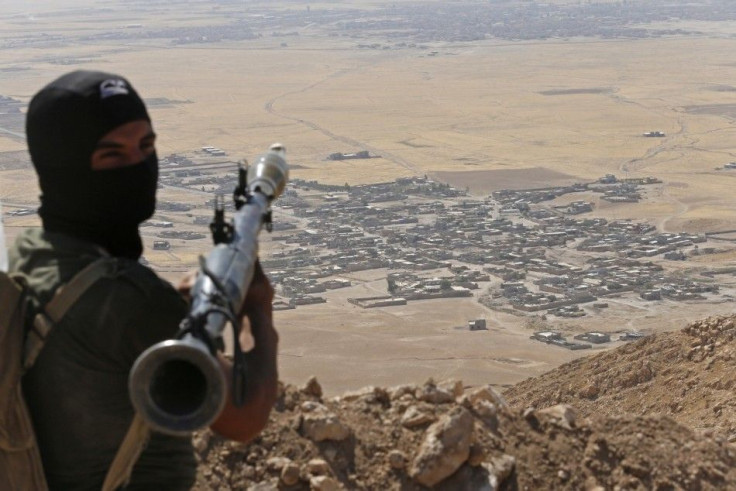US Pumping Weapons Into Iraq Ahead Of Mosul Offensive: Retaking Mosul Expected To Cripple ISIS Strength

With the aim of retaking the Iraqi city of Mosul, now controlled by the Islamic State group, the U.S. has started pumping large scale weapons into the arsenal of Iraq military. The Iraqi troops are likely to launch an offensive in April or May.
Of late, Pentagon has been openly talking about deploying 25,000 Iraqi troops to invade Mosul, which is the largest ISIS held city. The offensive may also see the U.S. ground troops joining the combat for the first time in the current war.
The U.S. weapon supplies are said to be massive and include 10,000 M-16 rifles, 100,000 ammunition magazines and hundreds of Hellfire missiles. It has also been noted that the kind of weaponry pouring into Iraq is unprecedented, as the Obama Administration is leaving no stone unturned to arm Iraqis for recapturing Mosul.
Strategic Asset
Vox reports that there is a lot of strategic significance about Mosul. It is Iraq's second-largest city, which has been under the control of ISIS, since June 2014. A successful offensive to retake the city will be a turning point in the war against ISIS. The campaign will be critical to the future of the war against ISIS.
The loss of Mosul will be devastating to the radical Sunni Muslim group. With a population of more than one million people, Mosul has a strategic location in northern Iraq. It gives ISIS a base to threaten Iraqi Kurds in the north and keep a watch on other Iraqi cities such as Tikrit, Samarra and parts of Baghdad.
The U.S. strategists believe that the fall of Mosul will be like losing the core base for ISIS in northern Iraq. It would also effectively end its extortion-led fundraising in the populous city. "The Iraqi government thinks this is cutting off the head of the snake; that if they can take back Mosul, they will have struck a death blow to ISIS in Iraq," said Michael Knights, the Lafer Fellow at the Washington Institute for Near East Policy.
Strategy
The U.S. Central Command is well aware that the offensive will be an audacious test of the American strategy in combating ISIS. According to Centcom, the offensive will have a joint force of Iraqi soldiers and Kurdish fighters leading the frontline assault. The forces will include five regular Iraqi army brigades, three Kurdish brigades, three Iraqi reserves, and specialised Iraqi counterterrorism forces. It is estimated that ISIS has have 1,000 to 2,000 fighters in Mosul besides the presence of the group’s active followers, who number 20,000 to 31,500, according to the CIA.
Main Hazards
The military planners do expect challenges such as the ISIS seeding the city with improvised explosive devices to create minefields. “There are bombs to be defused, city blocks to be cleared of enemy, houses to be searched for weapons caches," Knights explains. In his estimate, the assault force will need at least 40,000 Iraqi soldiers.
However, Iraq has not openly endorsed the probable schedule for the Mosul assault. "I don't know where the American official got this information ... they absolutely do not have knowledge on this issue," noted Iraqi Defense Minister Khaled al-Obeidi in response to a Reuters question on the timetable.
(For feedback/comments, contact the writer at kalyanaussie@gmail.com)




















